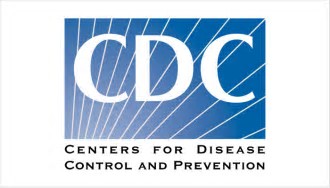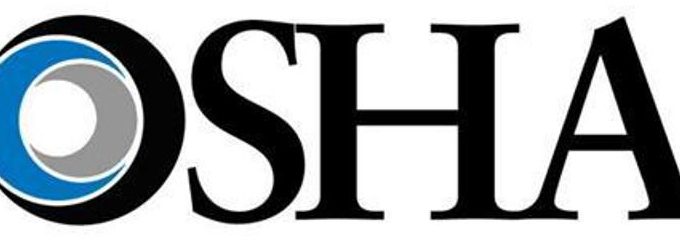The US Occupational Safety and Health Administration (OSHA) has specific requirements for sharps containers in…
CDC’s Recommends Safe Parenteral Injection Practices in Dentistry
 Safe parenteral injection practices are intended to prevent transmission of infectious diseases between one patient and another, or between a patient and dental personnel during preparation and injection of medications. Dental personnel most frequently perform parenteral injections when administering local anesthesia, during which needles and anesthetic cartridges are used for one patient only, and the dental cartridge syringe is cleaned and heat-sterilized between patients. Other safe practices apply to use of injected medications in IV fluids, such as for patients undergoing conscious sedation.
Safe parenteral injection practices are intended to prevent transmission of infectious diseases between one patient and another, or between a patient and dental personnel during preparation and injection of medications. Dental personnel most frequently perform parenteral injections when administering local anesthesia, during which needles and anesthetic cartridges are used for one patient only, and the dental cartridge syringe is cleaned and heat-sterilized between patients. Other safe practices apply to use of injected medications in IV fluids, such as for patients undergoing conscious sedation.
According to the Centers for Disease Control and Prevention (CDC), the following safe practices should be followed when performing parenteral injections:
- Prepare injections using aseptic technique in a clean area.
- Disinfect the rubber septum on a medication vial with alcohol before piercing.
- Do not use needles or syringes for more than one patient (this includes manufactured prefilled syringes and other devices such as insulin pens).
- Medication containers (single and multidose vials, ampules, and bags) are entered with a new needle and new syringe, even when withdrawing additional doses for the same patient.
- Use single-dose vials for parenteral medications when possible.
- Do not use single-dose (single-use) medication vials, ampules, and bags or bottles of intravenous solution for more than one patient.
- Do not combine the leftover contents of single-use vials for later use.
- The following apply if multidose vials are used:
- Dedicate multidose vials to a single patient whenever possible.
- If multidose vials will be used for more than one patient, they should be restricted to a centralized medication area and should not enter the immediate patient treatment area (e.g., dental operatory) to prevent inadvertent contamination.
- If a multidose vial enters the immediate patient treatment area, it should be dedicated for single-patient use and discarded immediately after use.
- Date multidose vials when first opened and discard within 28 days, unless the manufacturer specifies a different date.
- Do not use fluid infusion or administration sets (e.g., IV bags, tubings, connections) for more than one patient.
In addition to CDC’s recommendations for safe parenteral injection practices in dentistry for patient safety, in its Bloodborne Pathogens (BBP) Standard for employee safety, the U.S. Occupational Safety and Health Administration (OSHA) requires proper management and handling of contaminated sharps, specifying both prohibited practices and requirements when handling contaminated sharps, and proper procedures and equipment for containing contaminated sharps. Please refer to OSHA’s BBP guidance webpage for more information on safe needle handling requirements.
For our subscribers or OSHA Review… Sections II-V of your OSHA Review binder provides more information on Cal/OSHA’s BBP requirements. Specifically, the September/October 2017 issue of OSHA Review in Section IV of your binder covers Cal/OSHA’s safe needle handling requirements.
Since 1992, OSHA Review, Inc. has provided dental professionals with comprehensive programs to support regulatory compliance and infection control. We are a registered continuing education provider in the state of California, specializing in Dental Practice Act, infection control, and OSHA training.


